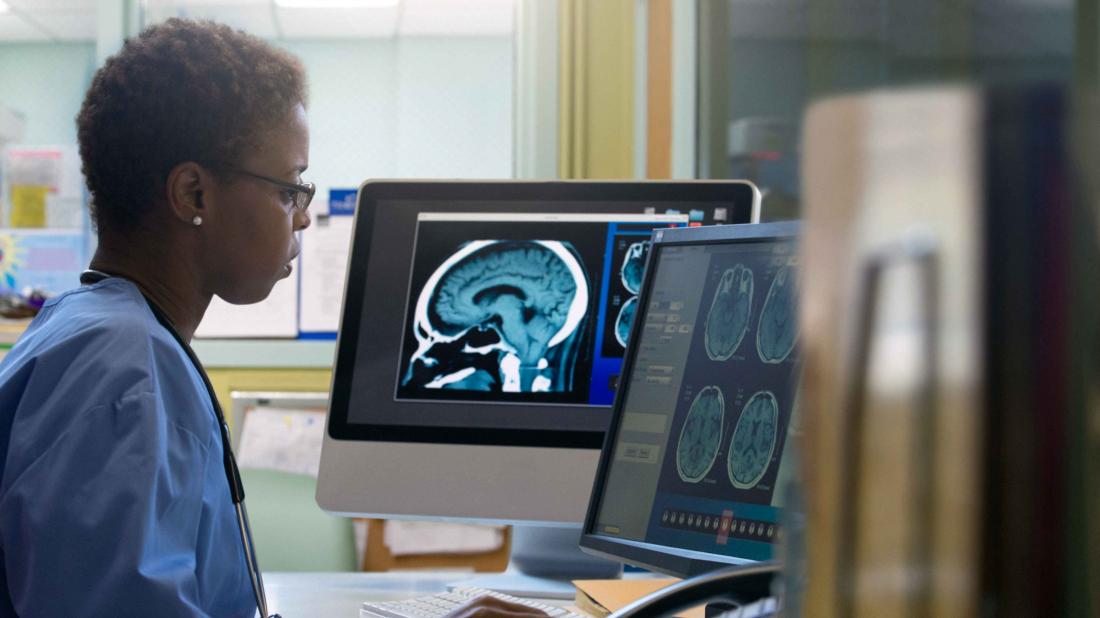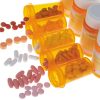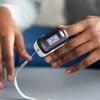- Empty cart.
- Continue Shopping
The Role of Technology in Medication Safety

Medication safety is a critical aspect of healthcare, as errors in medication management can have severe consequences for patients. Fortunately, technology has played a significant role in enhancing medication safety in recent years.
1. Electronic Health Records (EHRs) and Computerized Physician Order Entry (CPOE)
EHRs are digital versions of patient medical records that provide healthcare providers with real-time access to patient information. CPOE is a component of EHR systems that allows healthcare providers to enter medication orders electronically. Together, these technologies have transformed medication management in the following ways:
- Reduced Handwriting Errors: Electronic orders eliminate the risk of misinterpretation due to illegible handwriting.
- Drug-Drug Interaction Alerts: EHRs can provide alerts when a prescribed medication may interact with a patient’s existing medications, reducing the risk of adverse drug interactions.
- Allergy Warnings: EHRs can flag allergies or sensitivities to specific medications, preventing medication-related allergic reactions.
- Dosage Calculations: Computerized systems can perform accurate dosage calculations, minimizing the risk of dosage errors.
2. Barcode Medication Administration (BCMA)
BCMA is a technology that uses barcodes to verify the administration of medications at the patient’s bedside. It ensures that the right patient receives the right medication in the right dosage at the right time. Here’s how BCMA enhances medication safety:
- Patient Identification: Before administering a medication, healthcare providers scan the patient’s barcode on their wristband and then scan the medication’s barcode, ensuring a match.
- Dosage Verification: BCMA systems can verify the correct dosage and route of administration.
- Real-time Documentation: Medication administration is documented in real time, reducing the risk of double dosing.
3. Automated Medication Dispensing Systems
Automated dispensing systems are used in hospitals and pharmacies to store and dispense medications. They enhance medication safety in the following ways:
- Inventory Management: These systems help manage medication inventory, reducing the risk of medication shortages or expired medications.
- Access Control: Automated systems restrict access to authorized personnel, preventing unauthorized individuals from handling medications.
- Electronic Records: Dispensing activities are electronically recorded, enhancing accountability and traceability.
4. Tele pharmacy Services
Tele pharmacy involves remote pharmacy services, often provided by pharmacists who are not physically present at a healthcare facility. Tele pharmacy enhances medication safety by:
- Providing 24/7 Access: Tele pharmacy services offer round-the-clock access to medication expertise, reducing the risk of errors during off-hours.
- Remote Medication Verification: Pharmacists can remotely verify medication orders, ensuring accuracy even in rural or underserved areas.
- Medication Counseling: Tele pharmacy allows pharmacists to counsel patients on medication use and potential side effects through video conferencing or phone calls.
5. Medication Reconciliation Tools
Medication reconciliation is the process of creating a complete and accurate list of a patient’s medications. Technology aids in this process by:
- Integration of Medication Lists: EHRs can integrate and update medication lists across healthcare settings, reducing discrepancies and errors during care transitions.
- Medication History Access: Providers can access a patient’s medication history, helping them make informed decisions when prescribing new medications.
6. Medication Adherence Apps
Patient-facing mobile applications help individuals adhere to their medication regimens. These apps provide the following benefits:
- Medication Reminders: Patients receive notifications when it’s time to take their medications, reducing missed doses.
- Education: Apps offer information about medications, including dosing instructions and potential side effects.
- Track Medication History: Patients can track their medication history, promoting accountability and medication adherence.
In Conclusion, Technology has significantly improved medication safety by reducing errors in prescribing, dispensing, and administration. Electronic health records, barcode medication administration, automated dispensing systems, tele pharmacy services, and medication adherence apps are just a few examples of how technology is transforming medication management. As technology continues to advance, it will likely play an even more prominent role in ensuring the safe and effective use of medications in healthcare settings, ultimately benefiting patients and healthcare providers alike.








